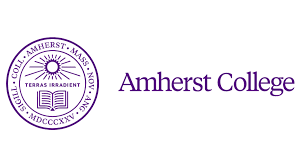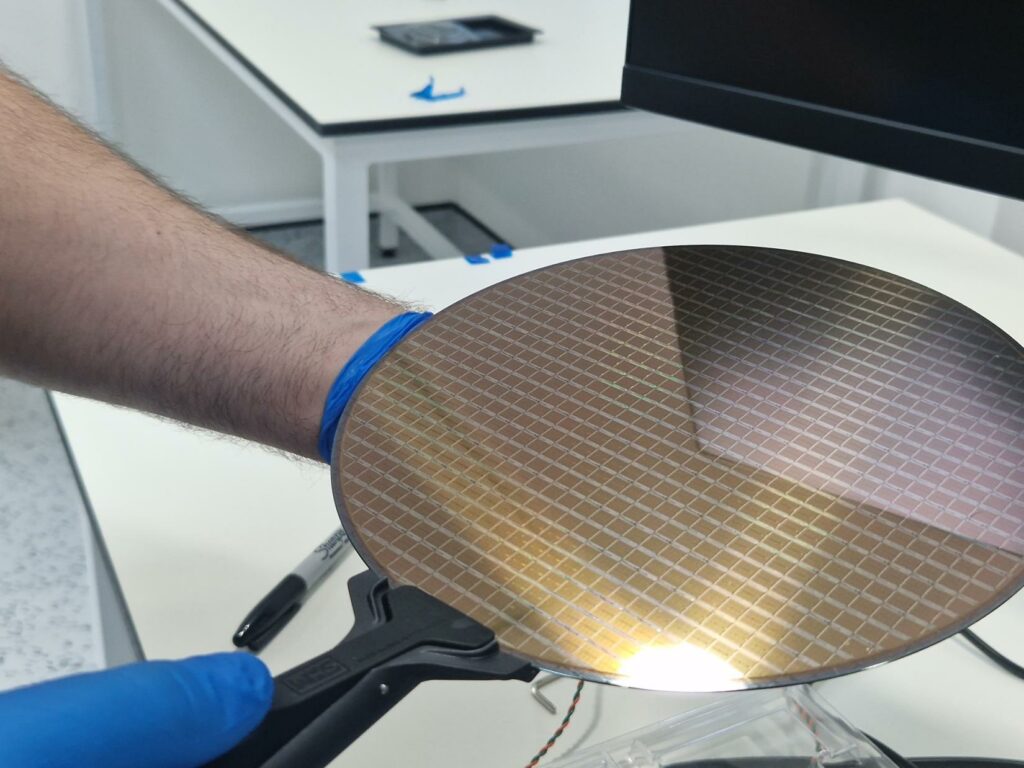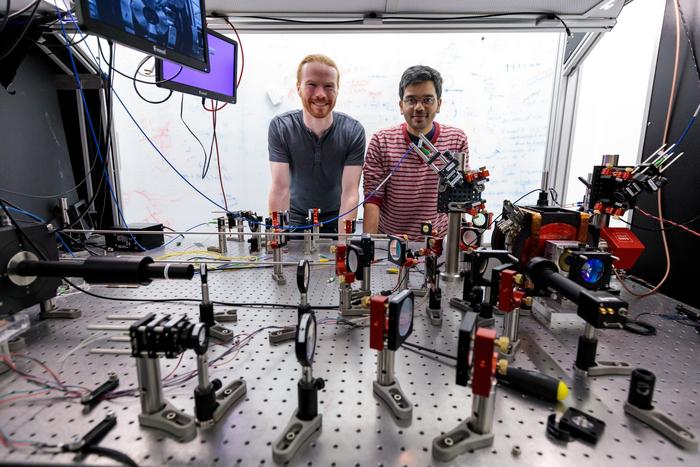Insider Brief:
- An international collaboration of scientists has created and observed an entirely new class of vortices — the whirling masses of fluid or air.
- The paper details the first laboratory studies of ‘exotic’ whirlpools in an ultracold gas of atoms at temperatures as low as tens of billionths of a degree above absolute zero.
- The discovery may have exciting future implications for the implementation of quantum information and computing.
UNIVERSITY RESEARCH NEWS —UNIVERSITY OF EAST ANGLIA/August 10, 2022 — An international collaboration of scientists has created and observed an entirely new class of vortices — the whirling masses of fluid or air.
Led by researchers from Amherst College in the US and the University of East Anglia and Lancaster University in the UK, their new paper details the first laboratory studies of these ‘exotic’ whirlpools in an ultracold gas of atoms at temperatures as low as tens of billionths of a degree above absolute zero.

The discovery, announced this week in the journal Nature Communications, may have exciting future implications for implementations of quantum information and computing.
Vortices are familiar objects in nature, from the whirlpools of water down a bathtub drain to the airflow around a hurricane.

In quantum-mechanical systems, such as an atomic Bose-Einstein condensate, the vortices tend to be tiny and their circulation comes in discrete, quantized units. Such vortices have long been objects of fascination for physicists and have helped to illuminate the unusual properties of superfluidity and superconductivity.
The unusual nature of the observed whirlpools here, however, is due to symmetries in the quantum gas. One especially fascinating property of physical theories, from cosmology to elementary particles, is the appearance of asymmetric worlds despite perfect underlying symmetries. For example, when water freezes to ice, disordered molecules in a liquid arrange themselves into a periodic array.
The spatial symmetry of a system is often readily identified — for example, a honeycomb has a periodic array of cells with hexagonal symmetry. Although the vortex medium used in this new work is a fluid rather than a solid array, it also possesses an internal set of hidden discrete symmetries. For example, one of the team’s ultracold gases had the fourfold symmetry of a square, and another had the tetrahedral symmetry of a four-sided die, familiar to players of fantasy games everywhere.

“The mass flow and the underlying symmetry of the fluid interact with one another in interesting ways,” said Dr. Magnus Borgh, Associate Professor in Physics at UEA.
“One consequence is that if the positions of two vortices are interchanged, they can leave a trace of the process lingering in the fluid. This trace links the interacting vortices together permanently, like a rung in a ladder.”
“No ordinary fluids behave like this, and it may be that analogous objects only exist deep inside neutron stars,” added Prof Janne Ruostekoski, of Lancaster University. Indeed, the team says these created vortices go beyond the state-of-the-art.

“It’s partly these connections to the stranger domains of physics that makes our work appealing,” said Prof David Hall of Amherst College. “And partly it’s our human appreciation of symmetry.”
Observing these behaviours directly has become the focus of the team’s research, the experimental part of which is based at Amherst College.
“We’re fortunate to have extremely talented and dedicated students who can do these kinds of challenging experiments,” said Prof Hall, crediting in particular Arthur Xiao, the lead author on the study.
SOURCE: UNIVERSITY OF EAST ANGLIA
For more market insights, check out our latest quantum computing news here.



















